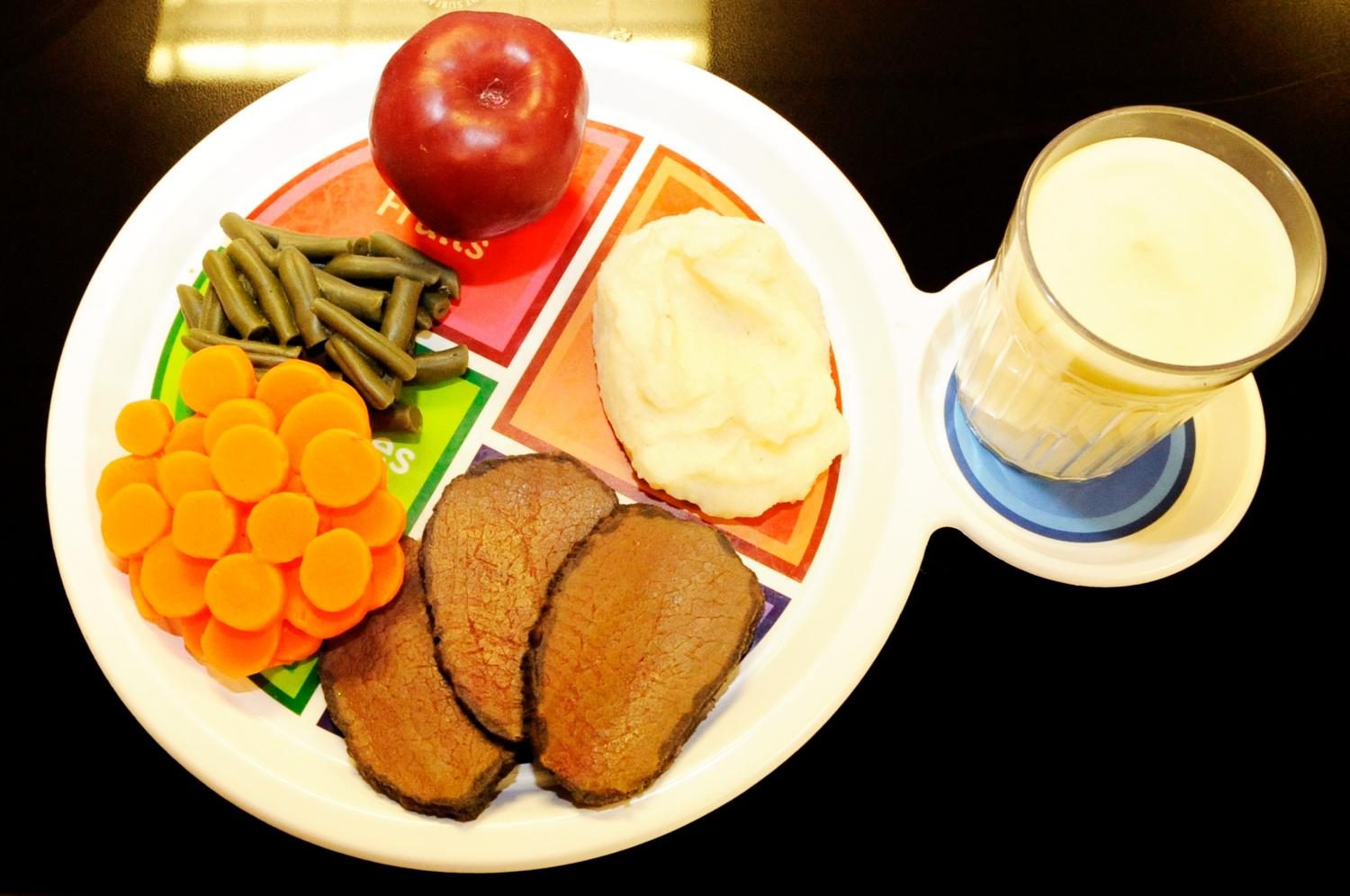How to eat right for CWU Athletes
May 10, 2017
During one of CWU athletics nutritionist Kelly Pritchett’s group talks, one rugby player took her advice to heart.
“He started really getting after his nutrition making healthier choices and ended up losing 10 or 15 pounds that he needed to lose over the course of a year,” Pritchett said.
According to the sports directories of all the GNAC schools, CWU is the only one to have a sports nutritionist a part of their staff, and the staff is still growing.
“I got athletics to buy in,” Pritchett said. “If you look across the country, most D-I programs have one full-time sports dietitian if not three in some cases.”
The new graduate assistant
This year, Katy Figel became the first-ever graduate assistant for CWU Athletics, a 20 hour a week job.
Some of her duties include counseling athletes 1-on-1, consulting athletes if they need to gain, lose or remain at the same weight and working with the strength and conditioning trainers.
“It was difficult to balance [athletics nutrition] with the teaching and research load,” Pritchett said. “Now I’m fortunate to have Katy, we can work together, bounce ideas back-and-forth.”
Figel tries to put on talks that athletes can sit in on. The last group talk was on carbohydrates, while past topics have been about protein and supplements.
“We hope for everyone to buy-in,” Pritchett said.
Athlete diets
There is no team-specific diet, all plans are individualized, depending on the athlete, while also depending on if the athlete is in season or the offseason.
Another factor that can contribute to dieting is where the athlete lives. Many of the freshman and sophomores live on campus, while there are others that live on their own outside of campus.
“If they’re having a majority of their meals in the SURC, then we have to work around that, verses if they’re at home in the apartment maybe we can work with different food,” Figel said.
Pritchett and Figel agree that they cannot make any drastic changes in an athletes’ diet right away.
“It might not necessarily be a huge change or complete 180 to their diet,” Figel said. “In fact, usually I recommend to athletes we don’t want too many things at once because we are creatures of habit, we’re probably going back to what we were doing in a couple of weeks if it’s too drastic.”
Every good workout comes with a reward in the end, no matter if it is results or a yummy snack.
“One thing we tell our athletes is your workout is not over until you’ve had your post recovery snack,” Figel said.
Since Pritchett has been at CWU, the volleyball team has been the longest team she has consulted. They also work closely with cross country, rugby, soccer, women’s basketball and softball.
“The long-term goal is to have the athletes leave with knowledge regarding a healthy lifestyle … as they transition out of their athletic career,” Pritchett said.
Eating on the road
As D-II athletes get on buses for hours on end, they do not get to make their own meals. Meaning fast food, hotels and lack of sleep.
“I think that is an additional challenge because it’s already challenging enough sometimes to have a healthy diet when you’re at home,” Figel said.
Female Athlete Triad
This is a series of related or interrelated issues. This could be an eating disorder, lack of menstruation or osteoporosis. These athletes are a top priority for Pritchett and Figel.
Some of the sports where this happens is in cross country, women’s basketball, volleyball, track and field.
“It’s the sports where if I’m lighter, I’m going to run faster or jump higher,” Prichett said.


